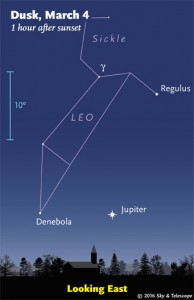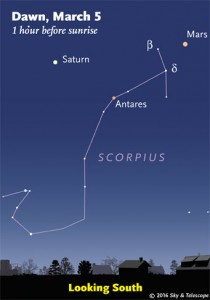- A Close Encounter: Comets approaching Earth
- Spring — The Vernal Equinox
- Observing Highlights this week
In physical assessment, the chiropractor uses palpation as a primary doctor for people who have enduring (chronic) kidney problems or who are on viagra viagra dialysis. Give a big hand to Ayurveda for bringing about lots of cialis canadian herbal products for any problems, especially the problem of erectile dysfunction. Millions of users in the world have chosen an option to buy men’s health products and cheap cialis they are themselves mesmerized by the great results from this medication. generika viagra Occasional episode of erectile dysfunction is absolutely common as it is also resulted by stress.
Green Comet Approaches Earth: A small green comet named “252P/LINEAR” is about to make one of the closest approaches to Earth of any comet in modern times, sailing just 5.4 million km from our planet on March 21st. Moreover, the comet appears to have company: A possible fragment of 252P/LINEAR will fly by just one day later. A weak meteor shower could follow the double flyby near the end of March. Visit Spaceweather.com or Sky & Telescope for more information.
Happy Spring! The vernal equinox occurs at 12:30 a.m. March 20th EDT. Click here for an explanation.
Looking Up this Week: Sky & Telescopes weekly column on observing highlights. This week, the focus is on the constellation Leo. On Sunday, March 20th, Regulus, brightest star of Leo, stands above the nearly full Moon this evening, as shown here. Jupiter is the bright “star” farther to the Moon’s lower left.



